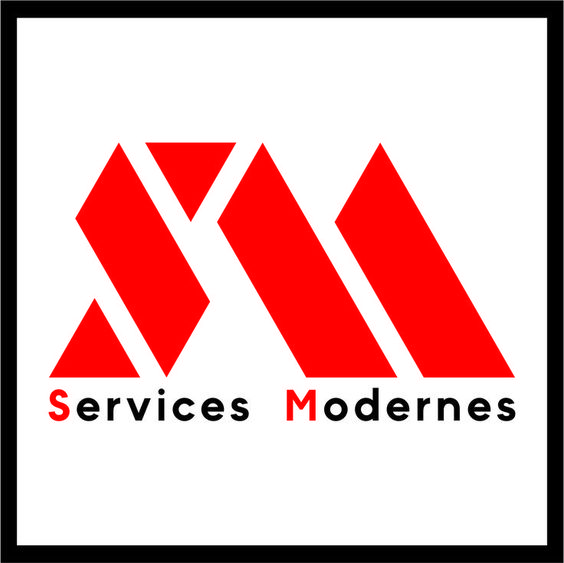When Ole Kirk Christiansen founded his workshop in Billund, Denmark in 1932, he made wooden furniture and toys. His business was not profitable and he struggled throughout the early 1930s. But in 1934, he started focusing on building toys — and changed the name of his company to LEGO, a contraction of the Danish words « leg godt » (play well).
The company grew into other Nordic countries in the 1960s. The company came up with a smaller model, perfect for hands with small hands. It was named DUPLO (after the Latin word duplex which means twofold). This allowed children of a younger age to build more detailed models.
In the 1970s Lego began to introduce new features that helped its products stand out from the competition. They introduced different faces to the miniature figures. This change made the characters more realistic and capable of conveying various emotions and facial expressions. The Lego Group also added wheels to its bricks, opening the possibility of building vehicles and other machines that moved.
The next major step for the company was when it launched dedicated themes — systems within the systems that allowed users to create a specific environment or scenario. This helped the company increase its https://lego-x.com/2021/12/07/the-best-places-to-buy-lego brand’s recognition and also helped them reach a younger audience. In addition the company expanded its production, opening factories in South Korea, Malaysia, and Brazil.

